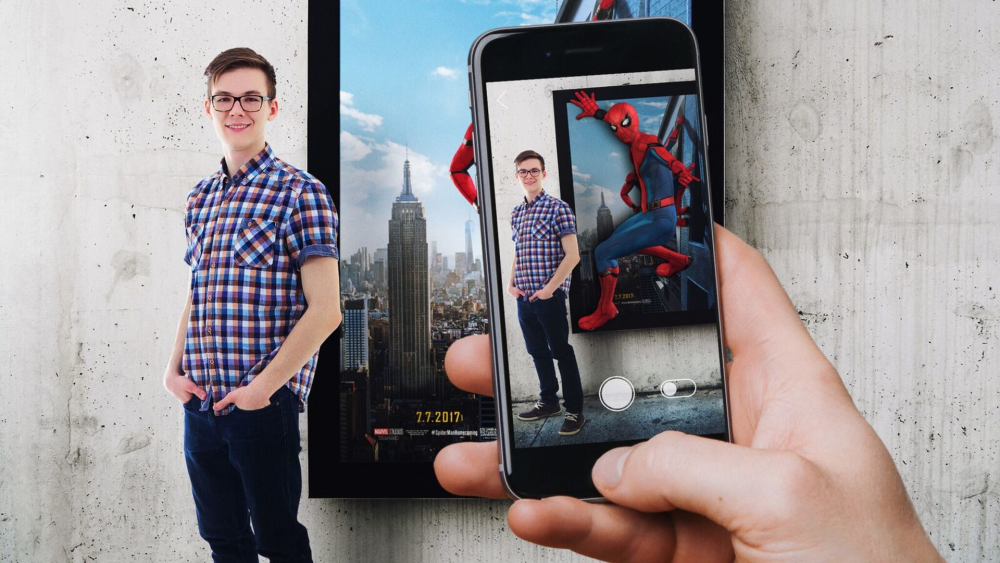Mixed reality experiences began playing an important role in marketing a few years ago. Jason Yim, the CEO of Trigger, “The Mixed Reality Agency™,” explained what makes it so effective.
“On the marketing side, there are two big things that mixed reality can do that others can’t,” says Yim. “One is product visualization and the second is the sharing of user-generated social content.”
With respect to content, that which is generated by “friends and family,” tends to capture more attention than content that is “obviously pushed by a brand,” he says. With AR, users can easily shoot a video or snap a “selfie with a character” from a movie, and then instantly share it—something Snapchat has monopolized on quite well.
An example of the effectiveness of visualization is the Ikea app that shows virtual furniture in the room for which it’s intended. According to Yim, seeing the furniture in context as a 3D render has increased the conversion rate by 11x.
That fits with their experience in marketing apps.
“We’ve built apps that show a significant increase in CTRs when compared to more traditional digital marketing pieces,” he notes.
Marketers have three ways in which they can get these mixed reality experiences to people. One is through apps. Though this entails getting people to download apps, people don’t usually need much persuasion because they want to have those interactive experiences.
Another approach some take to applying mixed reality for marketing is, “buying space on things like Snap,” he said. For example:
And the third, of course, is through the web. Take Lionsgate, for instance: They applied a face lens though a web browser. The advantage of that approach is that it only entails going to a URL, which makes it more widely accessible.
AR has proven very engaging in entertainment marketing. Trigger created some of those for The Walking Dead Encounter, Star Wars Force Friday II , and the Spider-Man: Homecoming App. In fact, Trigger’s founders have worked with all the Spider-Man film going back to 2002. But the advance of AR has really opened up a lot more possibilities for engaging fans.
The 2017 app features include not just the standard Photo Filters, shareable GIFs and stickers, but also something unique to capture the interest of its target audiences – the ability to see what’s on Peter Parker’s Phone. Its AR capabilities allows users various options like an AR Suit Explorer and the possibility of launching a 3D Spider-Man in AR.
But the question is: Does all that fan engagement leads to increased sales?
Yim is positive that it does, having seen the staggering number of movie tickets ordered through the app. Naturally, spending more time with an app increases the rate of conversion.
That is why he Yim is seeing increasing demand for mixed reality application from a growing number of clients in more and more industries. They have already developed AR applications for marketing products for a range of businesses, including iconic brands like LEGO, McDonald’s,
and Nike.
If there is one thing Yim is certain of, it’s that there’s only so much you can do with diagrams. If you can connect with fans through AR, you get a much better appreciation for the product.
“That’s a powerful piece of communication,” he says.







